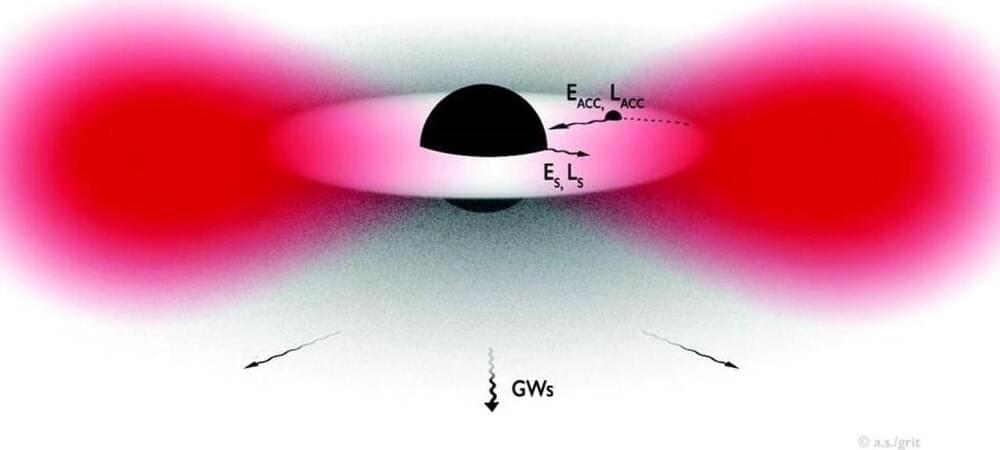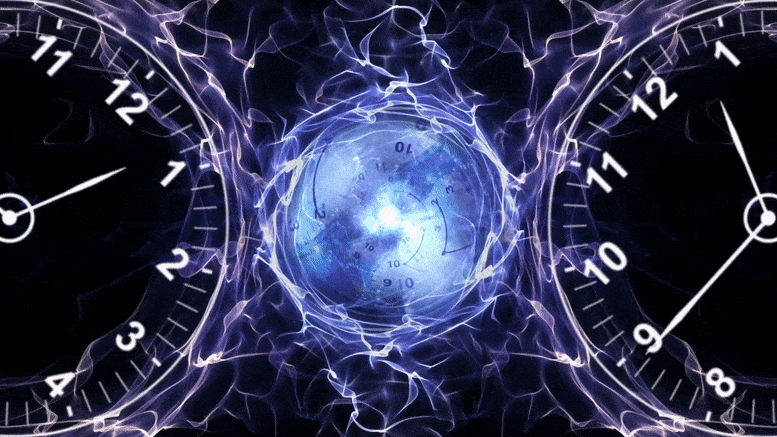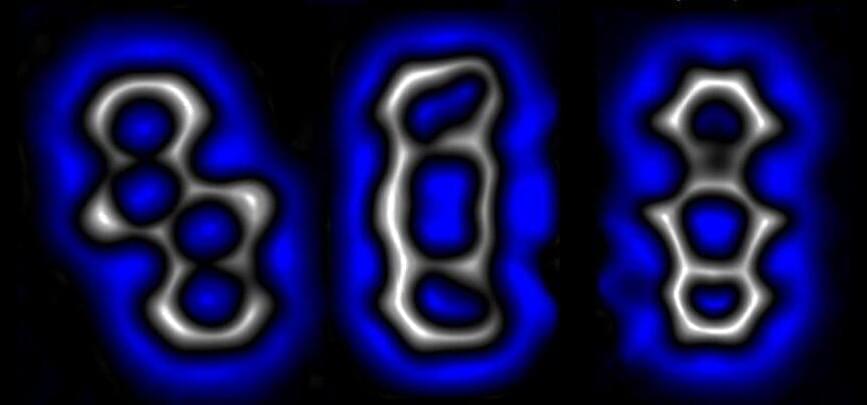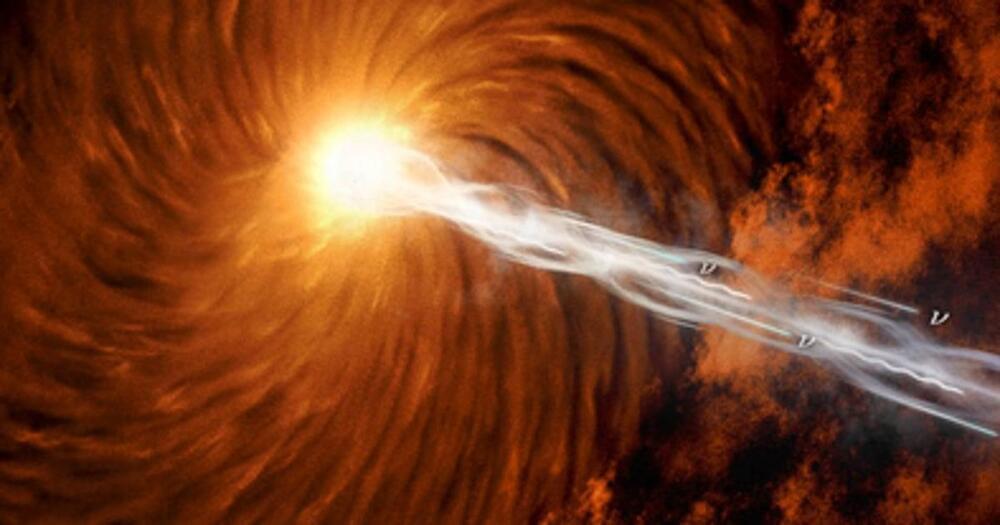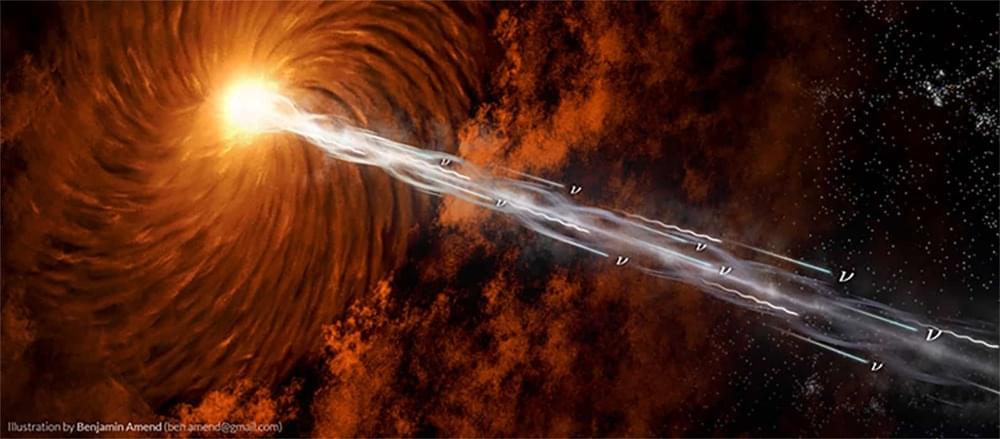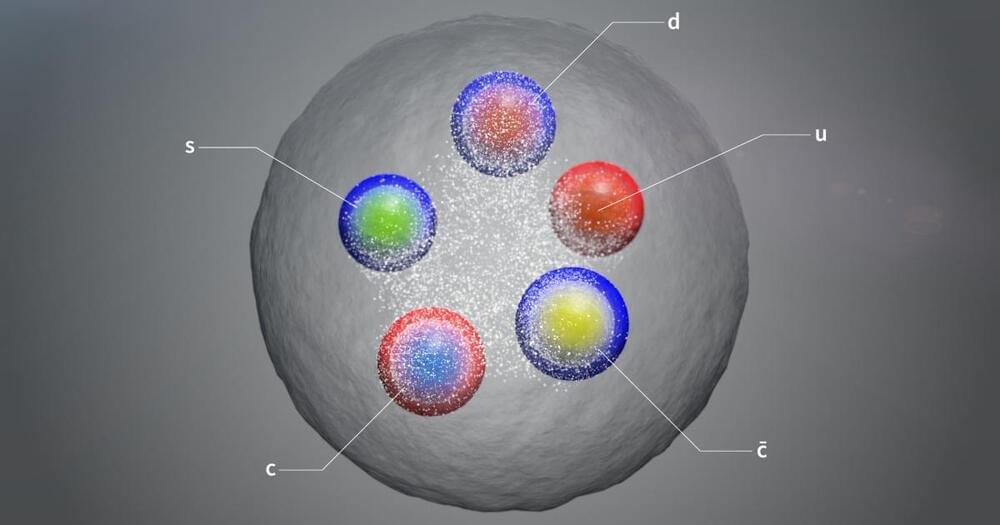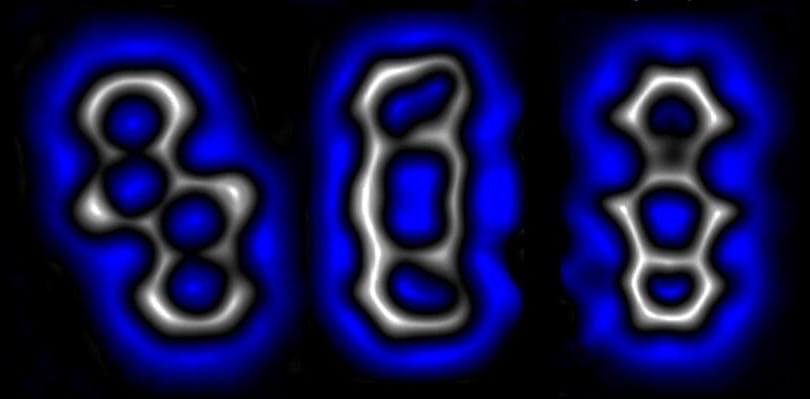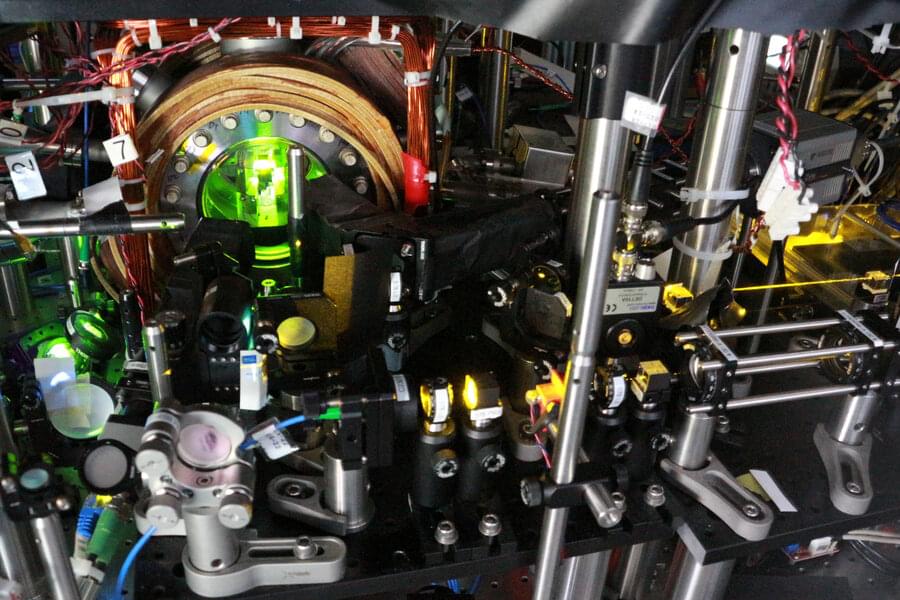Jul 18, 2022
Ionization of Gravitational Atoms
Posted by Shubham Ghosh Roy in categories: cosmology, particle physics
By: William Brown, Biophysicist at the Resonance Science Foundation
Stellar mass black holes, like elementary particles, are remarkably simple objects. They have three primary observable properties: mass, spin, and electric charge. The similarities with elementary particles, like the proton, doesn’t stop there, as stellar mass black holes in binary systems can also form bound and unbound states due to interaction of orbital clouds (from boson condensates), uncannily analogous to the behavior and properties of atoms.
